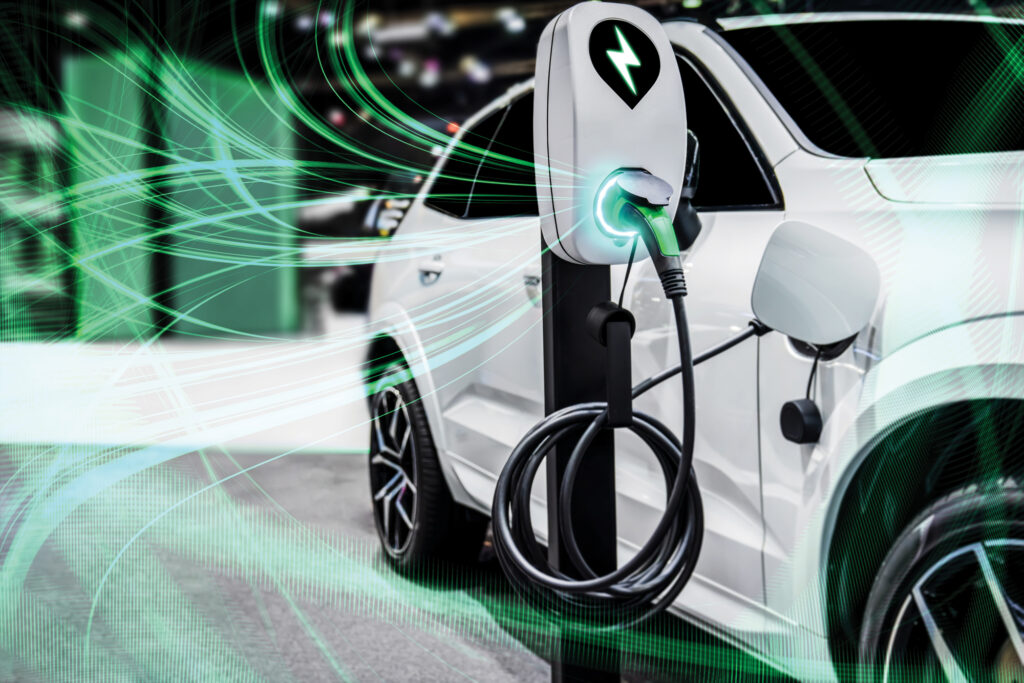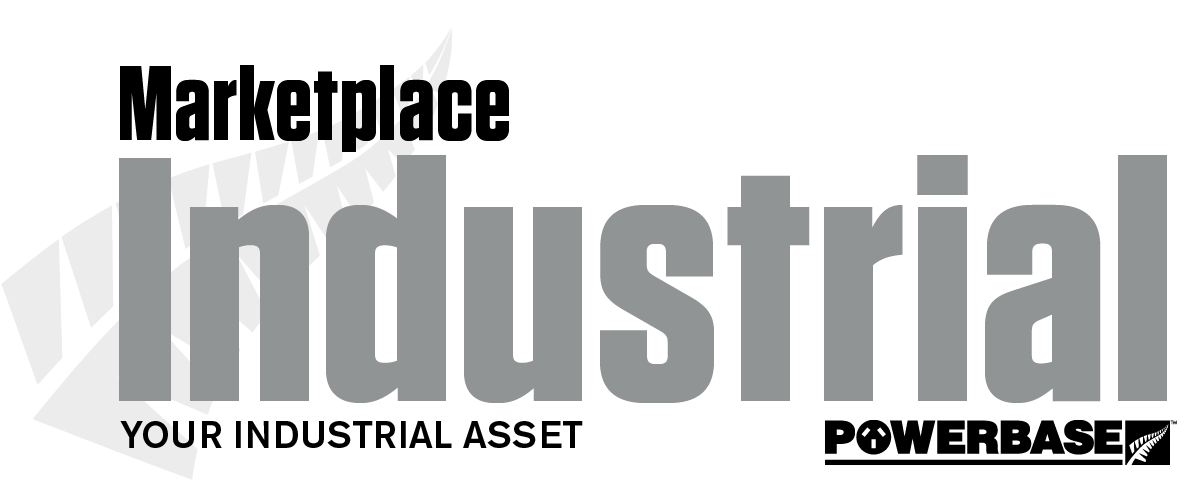Using smart building technology to create healthy, productive, and sustainable workplaces
While the global pandemic forced many companies to require employees to work from home, a large percentage of those people have discovered that they like it. Many have appreciated the lack of daily commute and the flexibility to be with their families. Global Workplace Analytics has stated that “Before the crisis, surveys repeatedly showed 80% of employees want to work from home at least some of the time. Our prediction is that the longer people are required to work at home, the greater the adoption we will see when the dust settles.”
But as sociologist Tracy Brower notes in a Forbes article, “The office simply cannot go away. It is necessary on multiple levels—for our effectiveness, for our sanity, and for our humanity.” In fact, some recent surveys show that up to 85% of employees are looking forward to returning to the workplace. While circumstances will vary for each type of business, the future of work will undoubtedly be a hybrid model, with employees working at home or in the office on different days. Though this may need less office space, it will require a new way of optimizing the use and engagement of that space. This opens the discussion about smart building technology.
The smarter, integrated workplace
With a return to work, companies are looking for ways to make the workplace more flexible, while also being more engaging and productive for employees. Inspiration can be drawn from our home lives.
We all regularly use the connectivity of our smartphones, and many of us now use virtual assistants, such as Amazon Alexa. These increasingly sophisticated devices not only help us connect to the outside world and keep our lives organized, but they can also be used to remotely control our home automation systems.
Today’s workforce, especially the younger employee, is beginning to expect the same level of convenience and control when they are in the office. Fortunately, IoT-based technologies and smart apps are making it possible and affordable to improve the office experience.
Imagine a downloadable app on every employee’s smartphone, giving access to a wide variety of capabilities:
- Find a parking spot when you arrive at work
- Find an available conference room to book a meeting
- Check or change office temperature
- Check the air quality in different areas of the building, or check office capacity limitations
- Check the queue length at the company restaurant, or order a drink from the cafeteria
- Set reminders to leave your desk and go for a walk
- Manage training curriculums
- Schedule to work from home
- Arrange transportation
These smart apps can support a company’s desire to deliver a unified, consistent experience for employees across all owned and leased office spaces, worldwide, in terms of branding and functionality. Having these enhancements to their personal environment and productivity may also help motivate employees back to the office.
Smart buildings mean being more connected
The technologies to make this possible are available today. At their core are digitalization and connectivity that enable data access. This includes connecting parts of a building’s infrastructure that have traditionally been siloed: heating and ventilation, lighting, room occupancy sensors, power distribution, etc. Add to this list, new inputs such as air quality sensors.
This integration work may seem daunting, but many new options can make this simpler and more cost-effective than ever. For existing buildings, it is not necessary to perform a complete ‘rip and replace’ to achieve most of the benefits of a completely new smart building infrastructure. Schneider’s EcoXpert partners, for example, are highly trained and efficient in the system integration required for this kind of ‘thin retrofit.’
In this way, the building management system (BMS) is elevated to being the central ‘brain’ of the facility, with all assets connected through open standards, and data access enabled for virtual assistants like the smartphone apps mentioned earlier. Software-based capabilities are also simple and seamless to add on. For example, the cloud based EcoStruxure™ Building Advisor service from Schneider Electric is compatible with over 40 building management systems (BMS) on the market today.
Still questioning the payback on this investment? Consider the many additional dimensions of ROI that a new, smart building infrastructure can deliver in terms of making your buildings more efficient, sustainable, resilient, and people centric. Just a few examples:
- Enhanced cybersecurity. Malls and commercial buildings with older infrastructures can be highly vulnerable to cyberattacks. Even an order control system can present a potential backdoor attack surface. Upgrading building infrastructure is an opportunity to strengthen all aspects of security.
- Comply with new mandates or regulatory incentives. For example, in some parts of the globe, there are new government mandates for energy efficiency, with fines for non-compliance. Upgrading infrastructure can integrate the required metering and energy management
- Integrate other energy assets. New loads like EV charging and energy sources like renewable generation and energy storage can be integrated with smart building infrastructure. Intelligent apps will analyse and automatically arbitrage the most financially beneficial times to charge your EV fleet, balanced against the best times to store or use onsite energy. And, of course, employees can check on the charging status of their vehicles.

AI: taking smart buildings to the next level
All the benefits discussed here are enabled by making buildings more autonomous and software driven. Artificial intelligence (AI) is helping to revolutionize this transformation.
Devices like Alexa use AI to help improve the recognition of your voice over time. In a building, AI uses the ‘big data’ coming from connected systems to simulate, learn, and predict the mechanisms of the building’s operation. The more it learns, and the more buildings it learns from, the more it will refine its simulations. In turn, it will better optimize the performance of each building, in terms of its health, efficiency, and reliability.
For example, one capability of EcoStruxure Building Advisor is in using AI to model the proper operation of a building’s mechanical plant (i.e., chillers, boilers, etc.) This theoretical model is then compared against real empirical data collected by sensors to determine if the system is behaving as expected. Any gaps will be alarmed on and help to optimize settings to bring performance back into specification.
In another example, AI can analyse the concentration of CO2 in meeting rooms and correlate that with the number of people in the meeting. By learning this relationship, the system can then accelerate ventilation in anticipation of where the air quality trend is going. AI can also learn that people typically leave the office early on Fridays, so it then can start shutting down the heating or ventilation earlier to help save on energy costs.
So next time you are discussing building maintenance costs with building management or counters of the beans, ensure flexibility and sustainability are not left out of the discussion.


Adapted from https://blog.se.com/building-management/2021/07/07/using-smart-building-technology-to-create-healthy-productive-and-sustainable-workplaces/


